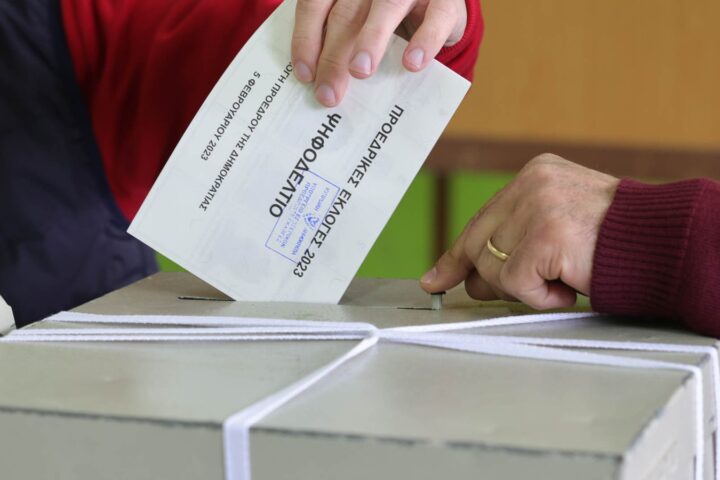Central banks across Asia scrambled on Friday to meet a desperate demand for cash, both in their own currencies and the U.S. dollar, as the White House's $700 billion bailout plan ran into unexpected roadblocks. News of the biggest ever U.S. bank failure only added to the thirst for liquidity, with the government brokering a last-ditch purchase of thrift Washington Mutual <WM.N> by JPMorgan <JPM.N>.
"The market is just frozen at the moment," said Claudio Piron, a strategist at JPMorgan Chase Bank in Singapore.
"We are at such a point of absent liquidity that prices are beginning to fail in their usefulness as a signal – this in itself is disturbing," Piron said.
Overnight dollar funds remained in a broad 2.5-3.5 percent range in Asia, bankers in Singapore said. Short-term lending rates in local currencies jumped with Singapore dollar overnight rates <SGDF=> at 2 percent, their highest since end-January.
Unease intensified after House Republicans balked at Treasury Secretary Henry Paulson's plan to buy bad debt from banks and instead floated an idea of their own for mortgage insurance, casting the whole bailout into doubt.
With commercial banks everywhere hoarding cash and reluctant to lend to each other, central banks were increasingly stepping in to fill the void.
The Reserve Bank of Australia (RBA) launched its first ever repurchase operation in U.S. dollars and all $10 billion on offer was hungrily snapped up at 3.165 percent, well above the minimum bid rate of 2.35 percent.
The RBA established a U.S. dollar swap line with the Federal Reserve earlier in the week, aimed at meeting strong demand for U.S. dollars during Asian trading hours.
In South Korea, the Finance Ministry said it would inject $10 billion or more into the local swap market until the middle of October to stave off persistent dollar funding shortages.
The RBA and the Bank of Japan also kept adding extra cash to their own banking systems on Friday, while Vietnam lifted the rate it pays on bank reserves to reduce the cost of borrowing.
Yet these sums paled into insignificance compared to the U.S. Federal Reserve's largesse.
Figures released late Thursday showed U.S. institutions borrowed from the Fed $188 billion per day on average in the latest week, almost four times the previous record.
"This looks like the balance sheet of a central bank that is keeping the financial system on life support," said Michael Feroli, U.S. economist with JPMorgan in New York.







